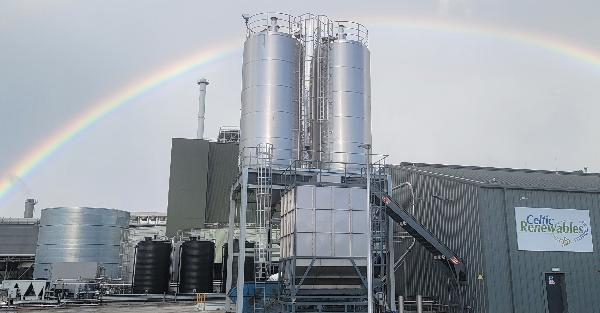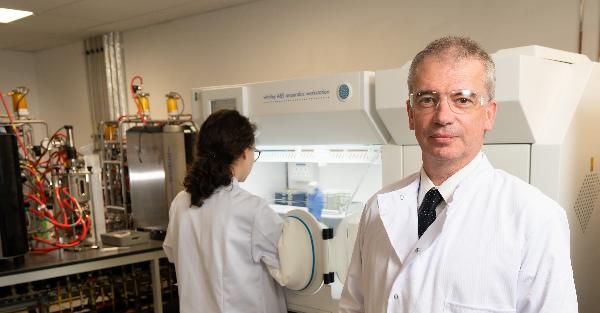Biofuels, products for the chemical, pharmaceutical, cosmetic and optical industries, smartphone screens, made in Scotland from whiskey processing waste. The idea behind it is not new: ABE fermentation, which leads to the formation of acetone, butanol and ethanol, was developed over 100 years ago in Great Britain as an industrial process and then spread from South Africa to China. At its peak, the world’s second organic industry emerged after the beverage industry. In the 1960s it was overtaken by the petrochemical industry, which we still depend on today, because it was cheaper. And this is where the intuition of Professor Martin Tangney, founder and president of, was born Celtic Renewable Energy. How can we get an alternative raw material for fermentation that is cost-effective, sustainable, reliable and consistent at the same time? The answer comes from Scotland’s largest industry, whiskey, which produces around 450 million liters annually. If we consider that only 10 percent of what arrives at the distillery is transformed into one of the most popular and valuable drinks in the world, we can imagine how much residue and waste takes on new value.
Celtic Renewables was founded 10 years ago with an initial focus on biofuels and now has a fully operational facility in Grangemouth, producing one million liters of biochemicals per year and will reach maximum production capacity in 2023. In between, many awards and premieres: in 2015 the company was named Europe’s most innovative biotech SME by the EU Parliament, in 2017 it fueled the world’s first car with biobutanol from whiskey production residues, in 2020 it received over 20 million pounds in funding for the construction of the first plant, Goal achieved despite the difficulties related to the pandemic. Recently, attention has focused on developing alternatives for the chemical industry, “a sector where we can make an immediate difference while achieving rapid profitability,” begins Tangney. “Butanol and acetone are everywhere: directly in the products we use or as a basis for making them. By proposing the organic alternative, we are able to embark on a circular economy path that does not require changes to the industrial and manufacturing process of the chemical sector.”
Tangney says the process, patented in 2010, is perfectly scalable and discussions are underway with entrepreneurs and companies about building larger factories in Scotland and elsewhere. In addition to whiskey, the plant also processes potatoes from local farms, as one in four cannot reach large retailers due to aesthetic or size defects. “Today, apart from Scotland, there are many countries where whiskey is produced: Ireland, Japan, India, the United States, but the truth is that this technology is applicable to all agricultural and organic waste and residues.” There are no limits to adaptability set,” he adds. “If the idea had not started from here, I probably would have used a different raw material.” And that is the strength of the project. “In the next few years the goal is to spread it around the world. We want to ensure that ABE fermentation can play its part in advancing the circular bioeconomy and reducing dependence on petrochemicals. The next ten years are crucial to achieving the goal. Not just here in Scotland, not just through whiskey.”





